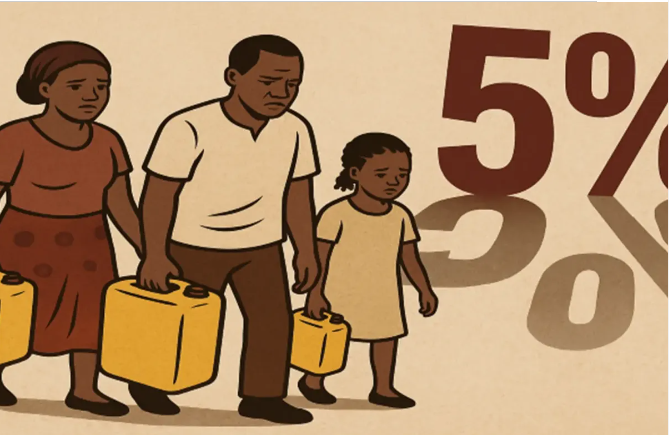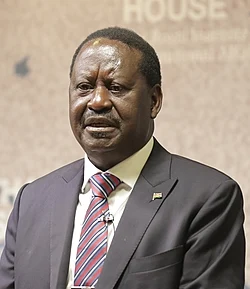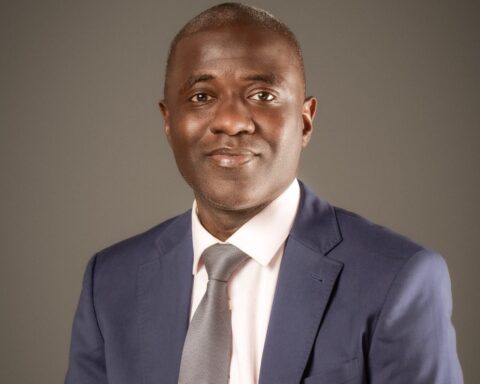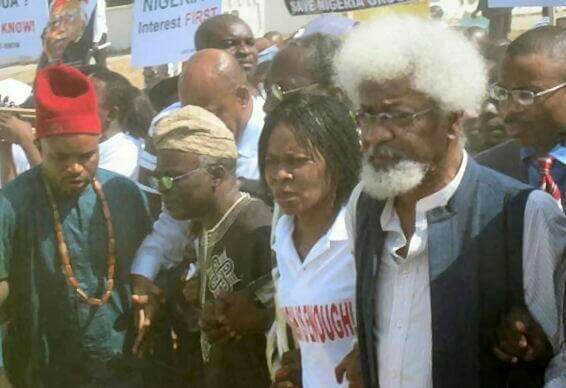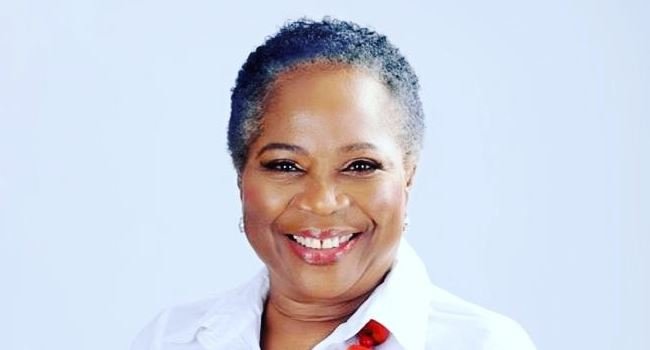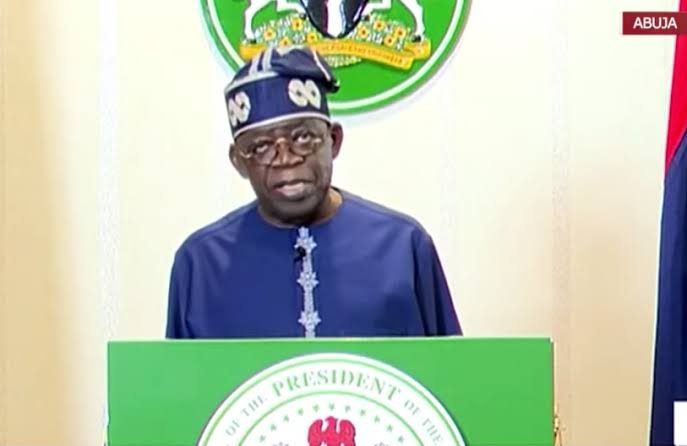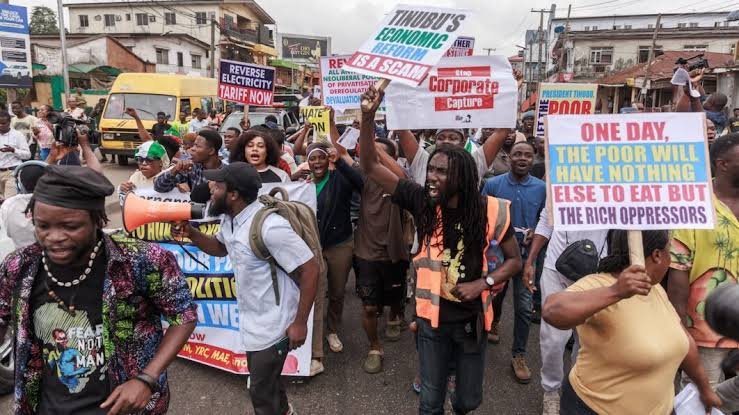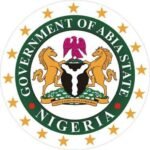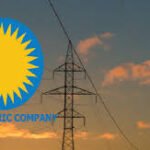Enugu residents are waking up to the reality of how Nigeria’s coming 5% fuel surcharge will affect quality of life. The surcharge is embedded in the Nigeria Tax Administration Act which President Bola Tinubu singed into law on 26 June 2025. Here is Enugu Metro’s Explainer on the policy and its potential impact on life in Enugu in 2026 and beyond.
Coming Soon: The New 5% Fuel Surcharge
What it is: A 5% surcharge on fossil-fuel products—petrol, diesel, and aviation fuel—applied at the point of sale, supply, or payment, whichever comes first. Exemptions cover kerosene, LPG, CNG, and renewables.
Start date: 1 January 2026.
Revenue target: Government projects ₦796 billion annually from petrol alone, based on 2024 consumption.
Ripple Effects: What it may mean for Enugu residents
1. Inflation and Cost of Living
Expected to raise pump prices by ₦50–₦75 per litre, pushing average rates beyond ₦1,100.
Transport, food, healthcare, and housing will all feel the ripple effect of higher logistics costs.
Inflation could rise by 0.5–1%, with households spending an extra ₦2,000–₦3,000 monthly just on fuel.
2. Regional Disparity in Pump Prices
Nigeria already suffers wide gaps in pump prices:
Urban centres (Lagos, Abuja, Port Harcourt): ₦850–₦950 per litre.
Southeast (including Enugu), as well as Northern and rural states: ₦1,000–₦1,400 per litre due to distance transport and poor supply infrastructure.
Because the surcharge is percentage-based, it amplifies inequality for Enugu residents:
Coastal Towns: At ₦8500/litre → 5% = ₦42.50.
Enugu and the hinterlands: At ₦1,000/litre → 5% = ₦50.
In effect, Enugu City residents and citizens in remote and poorer regions pay more tax per litre than those in coastal cities—further deepening regional inequality.
3. Impact on Vulnerable Groups
Low-income earners, women, farmers, SMEs, and informal sector workers will face higher costs for transport, generators, and food. Analysts warn an additional 4 million Nigerians could slip into poverty.
4. Public Sentiment and Trust
Civil society groups, transport unions, and consumer advocates already reject the policy as “anti-poor.” Public trust is weak—most Nigerians doubt the revenues will be used transparently.
5. Environmental and Policy Rationale
The surcharge aims to discourage fossil fuel use, with projections of a 2–3% drop in fuel consumption and up to 15 million tonnes of CO₂ reduction annually. But without strong investment in clean energy, citizens may simply switch to diesel generators, undermining the environmental goal.
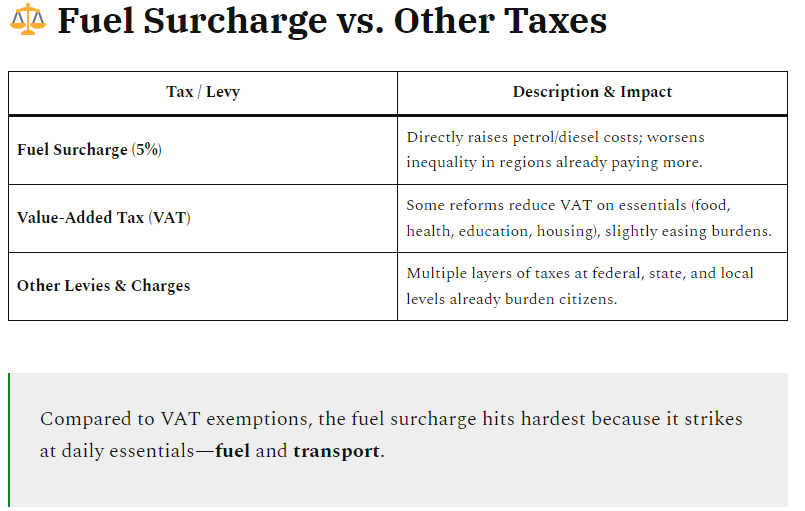
What could make a difference
Targeted relief: Regional subsidies or rebates to balance pump price disparities.
Infrastructure investment: Expand inland depots, rail, and pipelines to narrow supply gaps.
Accountability: Ring-fence surcharge revenues for visible projects—public transport, roads, clean energy—with independent oversight.
Cushioning programs: Cash transfers or SME support to ease the transition.
Energy alternatives: Accelerate solar, CNG, and EV infrastructure to give citizens real choices.
Our final take
The 5% fuel surcharge may generate revenue and align with climate goals, but its flat-rate design punishes Enugu residents as well as the poorest and most remote Nigerians the most. Unless paired with bold investments and social protections, it risks worsening poverty, fueling regional inequality, and undermining quality of life.
The real test isn’t how much revenue is raised, but whether Nigerians—north and south, urban and rural—see tangible benefits from the sacrifice.
